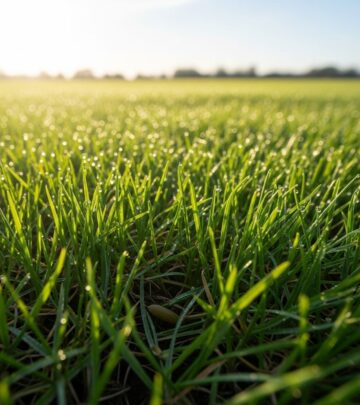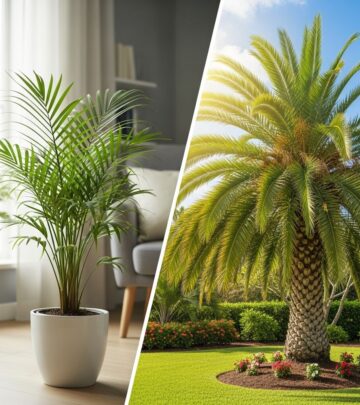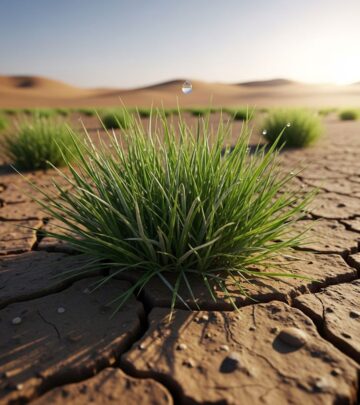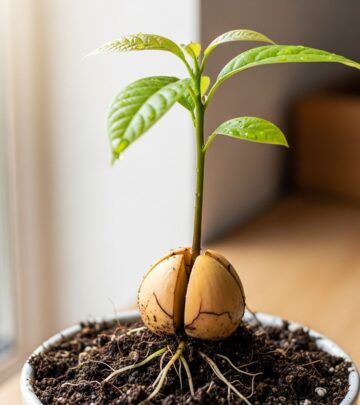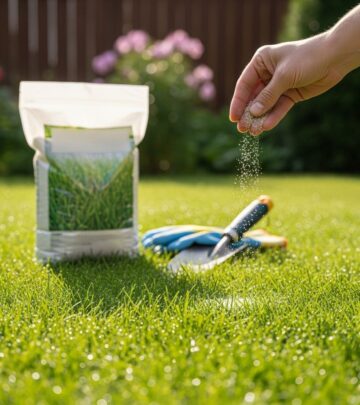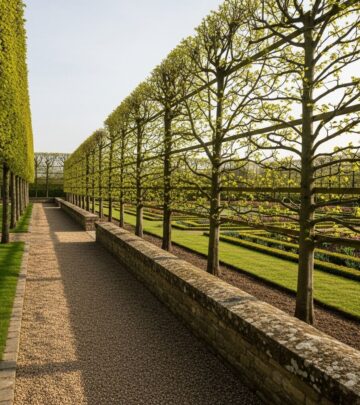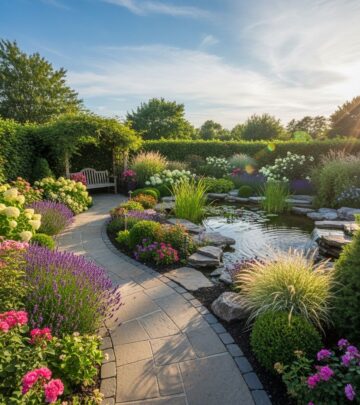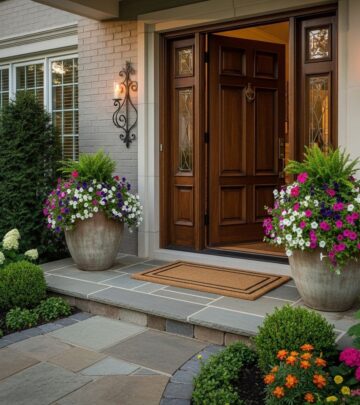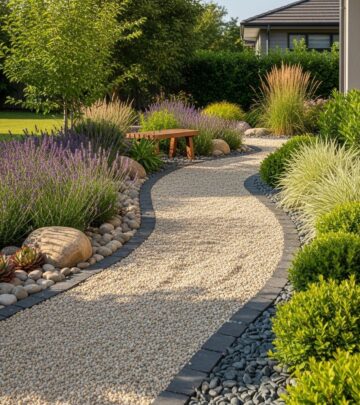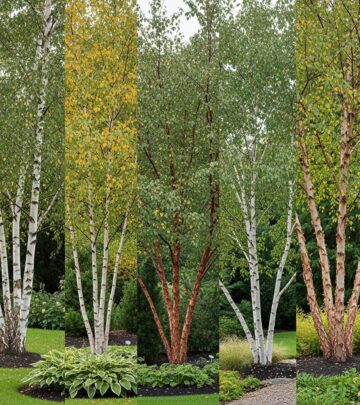Hillside Landscaping Ideas: Expert Tips For Sloped Gardens
Transform uneven terrain into vibrant outdoor spaces with expert slant gardening tips.
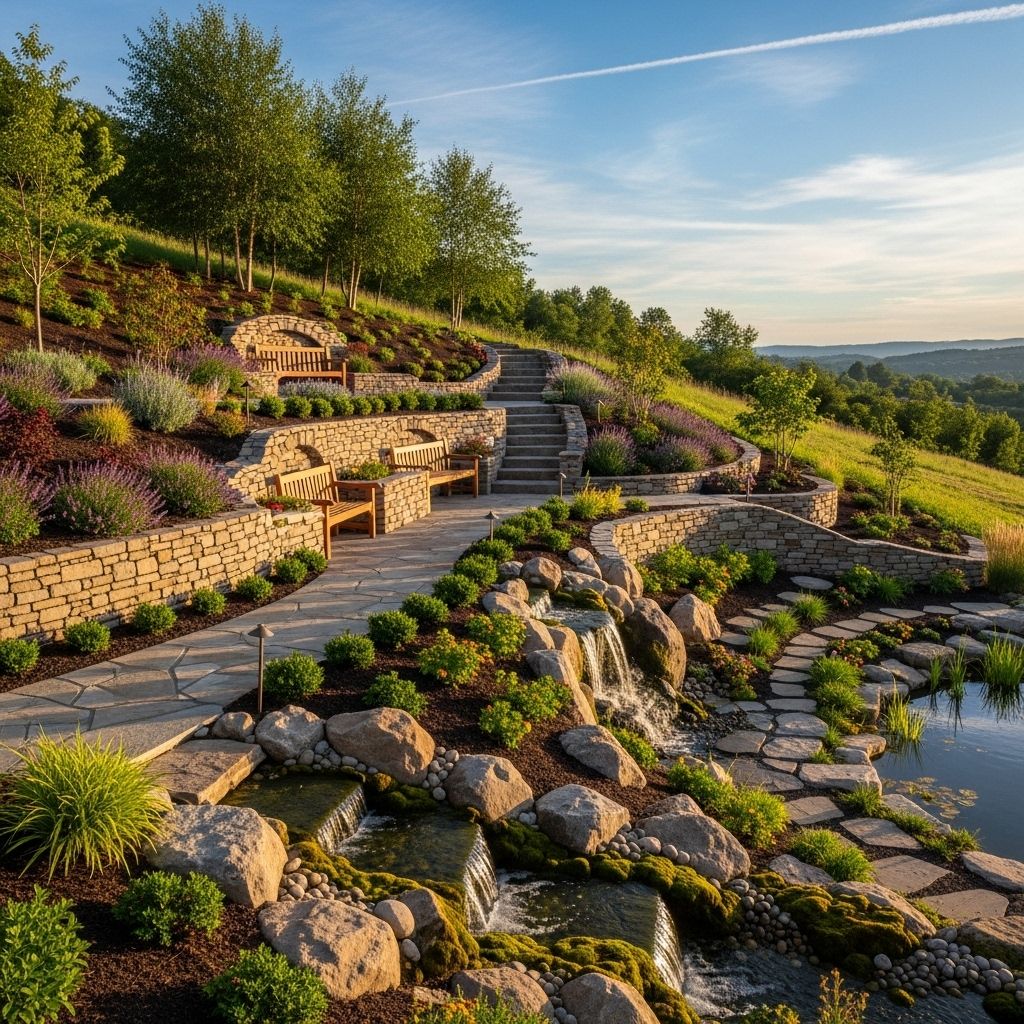
Image: HearthJunction Design Team
Hillside Landscaping: Creative Solutions for Beautiful and Functional Sloped Gardens
Landscaping a sloped yard can seem daunting, but with thoughtful design and a strategic approach, steep hillsides and gentle slopes can be transformed into captivating, functional spaces. Hillsides present both unique challenges and opportunities—offering dramatic views, dynamic plantings, and the potential for creative garden features that flat yards simply can’t match. This comprehensive guide explores techniques and ideas to make the most of your hillside landscape, focusing on erosion control, design strategies, plant selection, terracing, and more.
Why Hillside Landscaping Requires Special Consideration
Sloped yards face issues that flat yards rarely encounter, including:
- Erosion risk: Rainwater moves quickly down slopes, carrying soil, mulch, and nutrients with it.
- Water management: Efficient irrigation is essential, as water can run off before plants benefit.
- Accessibility: Steep gradients can make routine maintenance, planting, and walking difficult without structural interventions.
- Plant anchoring: Soil on slopes is more likely to shift, so roots need to stabilize the ground.
By understanding these challenges, you can design a landscape that is as resilient as it is beautiful.
Essential Steps to Hillside Landscaping Success
1. Assess Your Slope
Before you begin, determine the steepness and extent of your slope. The degree of incline will influence which solutions are viable—from gentle swales and groundcovers to robust retaining walls for steeper hillsides. Check for existing drainage patterns and identify areas prone to erosion.
2. Plan for Erosion Control
- Use retaining walls or terraces to create level planting areas and slow water movement.
- Opt for deep-rooted plants that anchor soil, such as shrubs, ornamental grasses, and native perennials.
- Install groundcover to form a living mat, stabilizing the soil and reducing runoff.
- Mulch strategically, using materials like shredded bark (for mild slopes) or gravel (for higher erosion resistance).
- Consider jute netting or landscape fabric as a temporary measure to hold mulch and soil until plants establish.
3. Design Multiple Levels
Terracing the landscape breaks a steep slope into flat or gently sloped areas, offering more planting options and creating a cascading visual effect. Use stone, timber, or interlocking blocks to build terraces, and consider incorporating steps or winding pathways for accessibility.
Creative Hillside Landscaping Solutions
Backyard Forests
Establishing a mini forest on your hillside is not only ecologically beneficial—it’s also beautiful. Trees help prevent soil erosion, offer shade, and support wildlife. Choose species suited to your region’s climate and slope conditions. Layer with understory shrubs and groundcovers for a natural effect and improved stability.
Terraced Garden Beds
Terracing is one of the most effective methods for transforming a steep hill into usable garden beds.
- Use dry-stacked stone, concrete blocks, or timber walls for structure.
- Build wide beds for vegetables, flowers, or decorative plantings.
- Vary bed heights for visual interest and function, making maintenance easier.
- Incorporate steps, landings, or winding paths between levels for safe, convenient access.
Water Features
Hillsides are perfect for constructing waterfalls, streams, and cascades that follow the natural grade. Water features add soothing sound, movement, and an ecological benefit—attracting birds and pollinators. Use local stone for authenticity and ensure the water system is designed to handle runoff and avoid erosion.
Rock Gardens and Boulders
Large rocks and boulders provide stability in steep gardens and can reinforce retaining walls or serve as focal points. Combine rocks with alpine plants, succulents, or drought-tolerant groundcovers for a low-maintenance, naturalistic effect. Pea gravel or decomposed granite can unify the look while assisting with drainage and erosion control.
Hillside Walkways
Functional paths are essential on slopes. Consider:
- Stepping stone walkways that gently ascend or descend the hillside.
- Switchback designs to reduce the grade and make walking easier.
- Handrails and low walls for safety on steeper grades.
Integrate plantings along the walks to soften the hardscape and enhance curb appeal, ensuring the routes are both beautiful and practical.
Plant Selection for Sloped Gardens
Best Plants for Erosion Control
- Native grasses: Their dense roots are ideal for stabilizing soil (e.g., fescue, switchgrass).
- Groundcovers: Creeping juniper, sedum, vinca, and cotoneaster form a mat over the soil.
- Shrubs: Low-growing shrubs like currant, hydrangea, or spirea add structure and prevent runoff.
- Perennials: Coneflower, black-eyed Susan, and coreopsis spread with rhizomes and self-seed to fill in gaps.
The Case for Native Plants
Native plants are adapted to local soils, rainfall, and temperature fluctuations, meaning they require less maintenance and irrigation once established. They’re also more likely to withstand climatic extremes and contribute positively to the ecosystem by providing habitat and food for native wildlife.
Mulching Tips for Hillsides
- Shredded bark mulch resists water erosion but is flammable—avoid in fire-prone areas.
- Wood chips or arbor mulch offer better fire resistance but may slide in heavy rain.
- Gravel mulch can be effective but may also wash away if not properly edged.
- Use jute netting to hold mulch in place until groundcovers mature.
However, the most sustainable solution is to limit mulch and focus on dense plantings to cover bare soil.
Irrigation and Water Management Strategies
Efficient watering is crucial on slopes, where water tends to run off before roots can absorb it. Use these strategies:
- Drip irrigation: Delivers water directly to the soil and minimizes runoff.
- Create small basins around new plants to detain water and ensure root access.
- Supplement with hand watering during establishment, encouraging roots to spread laterally for greater stability.
- Avoid overhead sprinklers, as much of the water may be lost to runoff or evaporation.
Design Ideas and Inspiration for Hillside Landscaping
Turn Your Slope into a Garden Walk
Terraced walkways allow you to traverse the hillside, making the flowers and plantings accessible and creating a sense of journey. Use containers or plant stands on lower levels to create attention-grabbing focal points. Elevated beds and tiered levels can turn your view from the street into a colorful, eye-catching tableau rather than a simple row of foundation plants.
Alpine and Rock Gardens
If your hillside is naturally rocky, lean into the alpine aesthetic. Reposition existing stones to create steps, ledges, and platforms. Pair with self-sowing perennials and evergreens to soften the look and bring year-round interest.
Backyard Waterfalls
Use the natural fall of the land to create dramatic waterfalls or meandering streams. Plant moisture-loving species along the edges and use larger rocks to direct flows and prevent erosion. Water features not only add tranquility but also help manage stormwater runoff.
Functional and Decorative Walls
Retaining walls don’t have to be purely utilitarian—choose attractive materials and consider adding built-in benches, planters, or lighting for enhanced functionality and aesthetic appeal. Layer plantings above and below the wall for a softened, natural look.
Common Hillside Landscaping Mistakes to Avoid
- Neglecting erosion control: Skipping proper stabilization measures can lead to landslides, damaged plantings, and drainage problems.
- Choosing high-maintenance plants: Steep slopes are hard to access; opt for low-care, drought-tolerant species.
- Over-mulching: Too much loose mulch can wash away, wasting resources and uncovering soil.
- Poor irrigation planning: Inadequate water delivery leads to stressed plants and more erosion.
- Ignoring pathways: Without safe, well-planned access, maintenance and enjoyment become difficult.
Sample Plants for Sloped Sites
| Plant Type | Species Suggestions | Benefits |
|---|---|---|
| Ornamental Grass | Fescue, Switchgrass | Deep roots, erosion control |
| Shrub | Spirea, Currant, Hydrangea | Structure, soil stability |
| Groundcover | Creeping Juniper, Sedum | Dense mat, suppresses weeds |
| Flowering Perennial | Coneflower, Coreopsis | Pollinator-friendly, slope anchoring |
Frequently Asked Questions (FAQs)
Q: What is the best way to prevent erosion on a hillside?
A: Combine terracing, the use of deep-rooted plants, groundcovers, and strategic mulching for thorough erosion control. Retaining walls and proper irrigation also play critical roles.
Q: Which mulch is best for slopes?
A: Shredded bark resists erosion but can be a fire hazard; gravel is durable but may move without edging; wood chips are fire-resistant but may slide. Establish groundcovers as a long-term solution.
Q: Are native plants necessary for hillside gardens?
A: Native plants are highly recommended because they’re adapted to local conditions, require less maintenance, and typically perform better on challenging terrain.
Q: Can I install a lawn on a steep slope?
A: Lawns are possible on gentle slopes, but require careful irrigation and mowing. For steep hillsides, alternatives like groundcovers or ornamental grasses are easier to maintain and offer better erosion control.
Q: How do I water plants on a slope?
A: Drip irrigation is best for slow, deep watering. Create small basins around each plant to hold water, and avoid overhead sprinklers that lead to runoff.
Final Thoughts on Hillside Landscape Design
While slopes may seem challenging at first, they offer unparalleled opportunities for creative landscaping. Embrace the natural grade of your yard and turn potential problems into stunning features—terraced beds, stone walks, backyard forests, and meandering streams. With the right strategies and a positive outlook, your hillside garden can blend beauty, functionality, and sustainability into a unique outdoor retreat. Work with the landscape, not against it, and give your sloped yard the attention it deserves.
References
- https://www.youtube.com/watch?v=DvvxL0U9Dkg
- https://yardzen.com/yzblog/hillside-landscaping
- https://www.thespruce.com/hillside-landscaping-ideas-4163358
- https://www.kglandscape.com/hillside-landscaping-guide
- https://www.bhg.com/gardening/landscaping-projects/landscape-basics/hillside-landscaping-ideas/
Read full bio of Anjali Sayee

